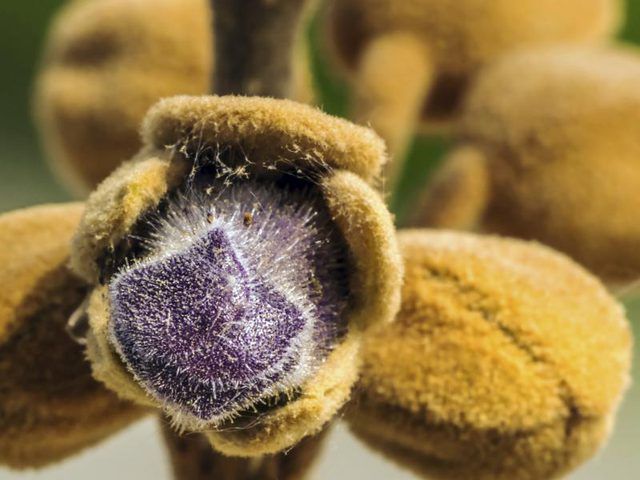Bulbs
Flower Basics
Flower Beds & Specialty Gardens
Flower Garden
Garden Furniture
Garden Gnomes
Garden Seeds
Garden Sheds
Garden Statues
Garden Tools & Supplies
Gardening Basics
Green & Organic
Groundcovers & Vines
Growing Annuals
Growing Basil
Growing Beans
Growing Berries
Growing Blueberries
Growing Cactus
Growing Corn
Growing Cotton
Growing Edibles
Growing Flowers
Growing Garlic
Growing Grapes
Growing Grass
Growing Herbs
Growing Jasmine
Growing Mint
Growing Mushrooms
Orchids
Growing Peanuts
Growing Perennials
Growing Plants
Growing Rosemary
Growing Roses
Growing Strawberries
Growing Sunflowers
Growing Thyme
Growing Tomatoes
Growing Tulips
Growing Vegetables
Herb Basics
Herb Garden
Indoor Growing
Landscaping Basics
Landscaping Patios
Landscaping Plants
Landscaping Shrubs
Landscaping Trees
Landscaping Walks & Pathways
Lawn Basics
Lawn Maintenance
Lawn Mowers
Lawn Ornaments
Lawn Planting
Lawn Tools
Outdoor Growing
Overall Landscape Planning
Pests, Weeds & Problems
Plant Basics
Rock Garden
Rose Garden
Shrubs
Soil
Specialty Gardens
Trees
Vegetable Garden
Yard Maintenance
Pros & Cons of Empress Trees
Pros & Cons of Empress Trees. The Royal Horticultural Society honored the empress tree (Paulownia tomentosa) with its Award of Garden Merit, but U.S. gardeners aren't so sure. Hardy in U.S. Department of Agriculture plant hardiness zones 5 through 9, the Asian native has admirers and detractors facing off over its worth. Depending on whom you ask...

The Royal Horticultural Society honored the empress tree (Paulownia tomentosa) with its Award of Garden Merit, but U.S. gardeners aren't so sure. Hardy in U.S. Department of Agriculture plant hardiness zones 5 through 9, the Asian native has admirers and detractors facing off over its worth. Depending on whom you ask and where they garden, opinions are mixed. The empress tree's favored features are also its greatest faults.
Rapid Growth Rate
For homeowners after instant results, empress trees stand above the crowd. Growing up to 10 feet or more in a single season, most empress trees mature at 30 to 50 feet tall and 20 to 30 feet wide -- though some reach up 80 feet in height and spread. The smooth, dark-gray trunk grows quickly, but that speed comes with a price. Weak branches and brittle twigs break easily in ice and wind, littering the surrounding area. Empress trees may live up to 150 years, but 40 to 70 years is more common. The tree's shallow, horizontal roots grow as aggressively as the trunk. The potential for damage from the roots is high.
Fuzzy Foliage
Many gardeners grow empress trees for their impressive, heart-shaped, fuzzy foliage and shade. Cutting the trees back to the ground to stimulate growth and enhance leaf size is common. In lieu of flowers, extra-large leaves up to 16 inches across result on young trees. The huge leaves inspire the moniker "Jack-and-the-beanstalk tree." As trees mature, leaves average 5 to 10 inches in length and width and turn from light-green to bronze or gold in fall. When leafed out, empress tree's shade is so dense, grass and other plants can't grow beneath it. Leaves drop with regularity, meaning ongoing cleanup or smothered grass below.
Fragrant Flowers and Showy Seeds
Empress tree's fuzzy, rust-colored flower buds become prominent in winter. Another common name, foxglove tree, hints at blooms to come. Before its leaves appear in early spring, empress tree explodes with erect, 8- to 12-inch panicles of violet flowers with dark spots and yellow stripes within. The spectacular blooms emit a heavy vanilla fragrance. The flowers provide magnificent early color -- when they occur. The buds show themselves so early, cold snaps frequently nip them back. Lost blooms and disappointed gardeners are common. When abundant, the flowers give way to heavy crops of large, nut-like fruits measuring 2 to 3 inches in length. Seeds persist into winter, falling randomly, leaving fruit littering the ground.
Versatility and Adaptability
Few trees tolerate such wide ranges of soil conditions as empress trees do. Though they prefer deep, well-drained soil, they adapt easily to clay soil and sand as well as highly acidic and highly alkaline conditions. Saline soil, sea spray and pollution don't disturb them. In cool climates, this versatility is applauded, but the trait causes big problems farther south. Empress trees have become invasive in much of the south and southeastern United States. Reproducing from seeds and sprouts, the trees aggressively form colonies in disturbed natural areas and overwhelm native plants. Sprouts can grow 15 feet in a season, and seeds germinate quickly. Once established, the tenacious colonies are difficult to remove.